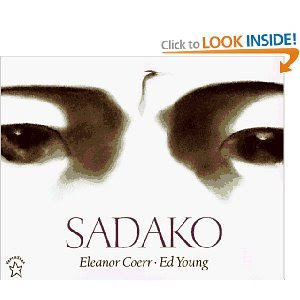 |
| Mother Goose Reading Poetry |
What's your poetry experience? I hope you'll leave a comment answering one or more of these questions.
- How do you feel about poetry? List some of your own experiences with poetry both positive or negative.
- Do you read poetry for your own pleasure now?
- At what age should teachers encourage children to learn the formal elements and forms of poetry?
- When should children be asked to write poetry?
- What would you like to tell your former teachers about how to teach poetry?
- Compile a list of how to turn adults on to poetry.
- Extend this to your classroom. How do you think children will be turned on to poetry?
Poetry Resources - What would you add to this list? Please leave links in the comments section.
Think, Kid, Think - Ed DeCaria uses poetry to help kids embrace:Humor.Poetry Foundation's good for children poems - The Poetry Foundation is "an independent literary organization committed to a vigorous presence for poetry in our culture."
Empathy.
Logic.
Passion.
ETTC Poetry Forms - A great resource with scaffolds to write your own poems.
Giggle Poetry - Funny poems for children, edited by Bruce Lansky.
Favorite Poem Project - Learning to reading, discussing and appreciating poems. Favorite Poem Project's Lesson Plans.
Book Spine Poetry - A great poetry form to try with your students.
Mother Goose is from iClipart for schools subscription image.
 |
| Image by mrsdkrebs |
Mother Goose is from iClipart for schools subscription image.






















